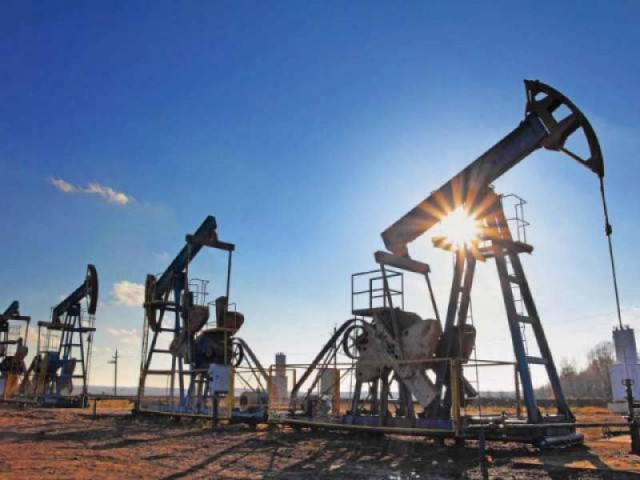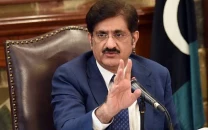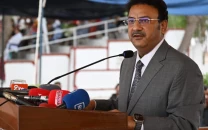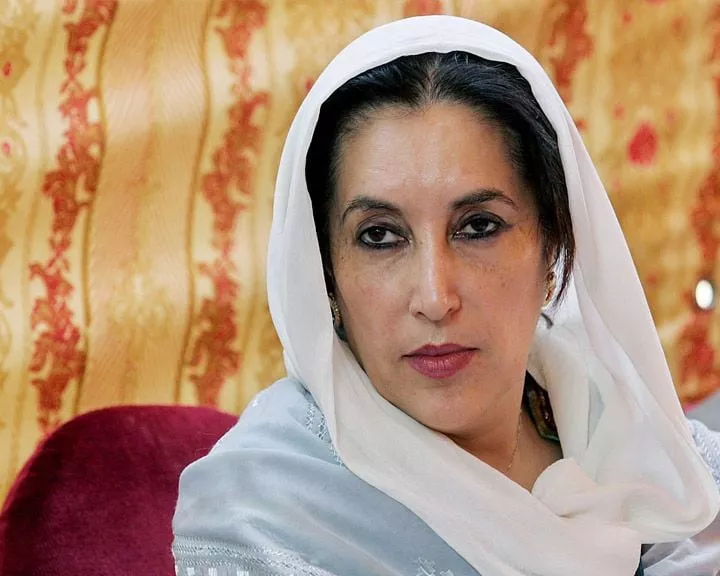Sindh protests over its gas consumption by Punjab
May take dispute to Supreme Court for settlement

In case of deadlock at the CCI, the issue may be referred to a joint sitting of parliament for resolution, the Punjab minister said, suggesting provinces should opt for court litigation as a last resort. PHOTO: REUTERS
“Sindh Chief Minister Syed Murad Ali Shah took up this matter with the federal government and emphasised the need for implementing Article 158 of the constitution,” a senior central government official said while talking to The Express Tribune.
One-week deadline: Sindh warns cutting off gas supply to country
“The province in which a wellhead of natural gas is situated shall have precedence over other parts of Pakistan in meeting the requirements from that wellhead subject to the commitments and obligations as on the commencing day,” reads the article.
The chief minister argued that the article was very clear, but the federal government was not implementing it despite the fact that Sindh, Khyber-Pakhtunkhwa and Balochistan were in agreement on the issue.
Furthermore, he said, if the matter remained unresolved, the provinces would be compelled to approach courts. In a recent meeting, it was pointed out that the dispute should be referred to the Council of Common Interests (CCI) - an inter-provincial body having representation from all provinces.
However, the finance minister of Punjab countered that legal opinion should be sought prior to taking up the matter at the CCI. In case of deadlock at the CCI, the issue may be referred to a joint sitting of parliament for resolution, the minister said, suggesting provinces should opt for court litigation as a last resort.
OGDC finds new deposits of oil, gas in Sindh
Gas-rich Sindh contributes the highest volume of gas to the national supply chain, accounting for 69% of the total supply. It consumes 45% of gas.
Punjab has a share of just 4% in gas production, but it consumes 43% of the total. Balochistan contributes 17% to the country’s gas production whereas Khyber-Pakhtunkhwa has a 10% share. Both of them consume 7% each.
At present, Punjab is the major gas consumer. However, bulk consumers like compressed natural gas (CNG) filling stations, industrial units and fertiliser plants have been shifted to imported liquefied natural gas (LNG) because of growing demand-supply gap.
Textile manufacturers are also going to receive imported gas and the government has framed a policy to provide LNG to the housing societies as well.
Pakistan’s gas shortfall has widened to 4 billion cubic feet per day (bcfd) with demand growing to 8 bcfd and supply remaining restricted to 4 bcfd.
In winter months, consumer demand increases significantly as people need gas for heating purposes. However, local gas production has been stagnant since the year 2000 following imposition of a gas price cap, which also forced some foreign companies to pull out of the country.
During the tenure of previous Pakistan Peoples Party (PPP)-led government, a new petroleum policy was unveiled, which led to the discovery of new gas deposits. Consequently, over 500 million cubic feet per day was injected into the system, but approximately a same volume was wiped off total production in the wake of depletion of old gas reserves.
Published in The Express Tribune, October 8th, 2017.
Like Business on Facebook, follow @TribuneBiz on Twitter to stay informed and join in the conversation.



















COMMENTS
Comments are moderated and generally will be posted if they are on-topic and not abusive.
For more information, please see our Comments FAQ